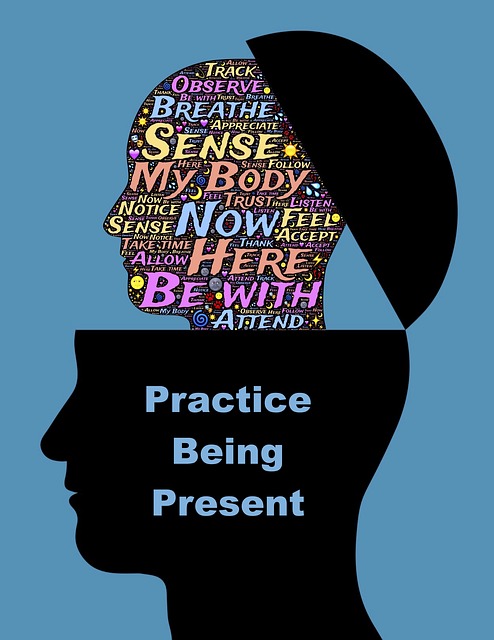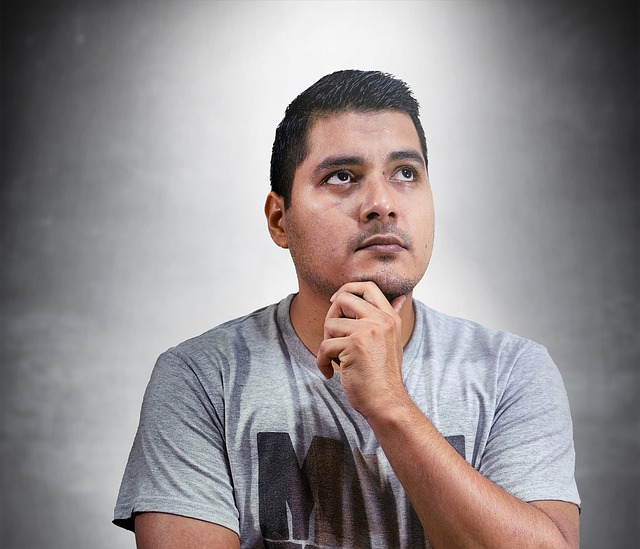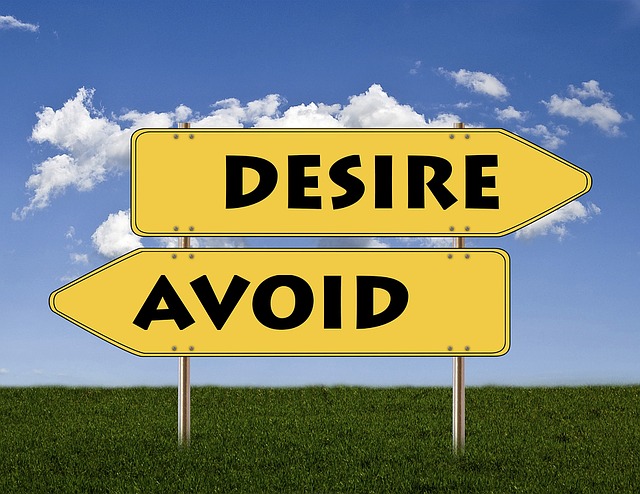In a previous post, I discussed the six core traits of inclusive leadership and acknowledged the role that mindfulness plays in developing inclusion in our thoughts and behaviour. In this post, I would like to develop this theme further.
Inclusion involves openness and receptivity to what is different and diverse. It is the foundation of real knowledge, insight and wisdom. It involves more than being sensitive to diversity but also valuing and embracing it. So, it entails not only a way of thinking but also a way of being in the world.
Through mindfulness, we can become aware of our implicit biases and emotional responses to people who are different from us. We are then better able to manage our habituated responses and increase our response ability.
So much of our bias is unconscious and conditioned by our social, cultural, geographical and educational environments and associated experiences. One way into our biases is through meditation on our emotional reactions to people and situations that challenge our view or perspective of the world. Our feelings of discomfort can portend our inner bias and raise awareness of our tendencies to exclusivity.
If we can stop ourselves from reacting automatically, breathe deeply and consciously, notice and name our feelings, we can respond more appropriately and, eventually, act in a more proactive and inclusive manner. If we reflect on the pattern of our thoughts and actions when we meditate, we can isolate negative emotional responses to a particular person or group. Having identified the stimulus and the nature of our reaction, we are better placed to manage our response.
When we reflect through meditation on our thoughts in particular situations, we can more readily isolate our assumptions and stereotypes and understand how they are impacting our behaviour. Through this increased self-awareness, we are better able to develop inclusive thoughts and actions.
Research has demonstrated that loving kindness meditation, which typically incorporates self-compassion and compassion towards others, can mitigate unconscious bias. This approach to developing mindfulness places increased emphasis on similarities and entails expressing desire for increased well-being, happiness, equanimity and resilience for others. Development of positive intentions towards others builds an inclusive frame of reference and affirmation of diversity.
As we grow in mindfulness, we see our biases in a clearer light, understand their impact on our behaviour and become more open and able to adopt inclusive behaviour. Developing inclusion in our words and actions can be achieved through mindfulness if we consciously employ meditations that invoke acceptance and inclusion.
By Ron Passfield – Copyright (Creative Commons license, Attribution–Non Commercial–No Derivatives)
Image source: courtesy of pixel2013 on Pixabay
Disclosure: If you purchase a product through this site, I may earn a commission which will help to pay for the site, the associated Meetup group and the resources to support the blog.









